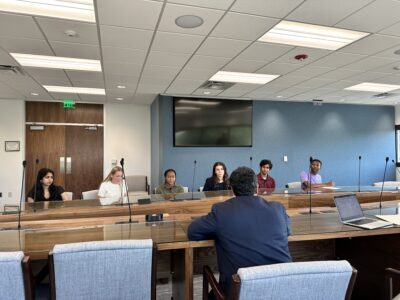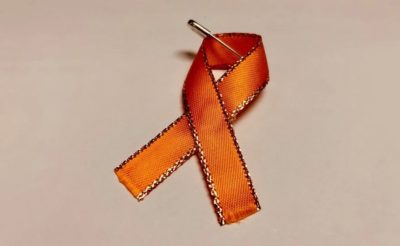|
|
State leaders and advocates gathered on a webinar Wednesday to discuss the role gun safety has in protecting youth amidst the mental health crisis in North Carolina. Speakers shared state and national data on gun violence and suicide rates, while also providing recommendations on how to safely store guns in and outside of the home.
“If I was to tell you that 600 kids were dying of something that we think we could prevent, I think that everyone in the state of North Carolina would get behind and say, ‘Let’s get to that solution and see what it is,’” William Lassiter, deputy secretary of the Division of Juvenile Justice and Delinquency Prevention, said.
This meeting was the first in the “Protecting the Next Generation of North Carolinians” webinar series held by the state Department of Justice.
Attorney General Josh Stein said it is challenging to raise kids in the onslaught of challenges they may face that did not exist when caregivers were kids themselves.
“We didn’t have cell phones when we were kids,” Stein said. “… The key is to have adults in their lives who they trust and who they know that they can turn to. And it’s incumbent upon us to be those adults.”
According to state data, suicide rates amongst 10-18 year olds more than doubled between 2011 and 2020. Research also found that most of the deaths were at the hands of a firearm.
Lassiter said that kids are getting access to firearms more easily than they have in the past.
Of the adults who have firearms in North Carolina, a survey shows that more than half of them are storing them unsafely. Lassiter said studies show most kids know where their parents keep their guns.
Lassiter also said his department found last year that 60% of firearms recovered from juveniles were stolen from unlocked cars.
Panelists believe that the first step to saving lives is proper gun storage in homes and cars.
“There is no good hiding place for keys or guns,” Lt. Billy Gartin of the Raleigh Police Department said.
Gartin advised listeners to purchase a cable gun lock for their firearms. They can also get safes to keep them under lock and key. More importantly, ammunition and weapons have to be stored separately.
“It only takes a few seconds to prevent a lifetime of regret,” Gartin said.
Lassiter also said homes that feel their youth are at risk of using their firearm to harm themselves also have the option to temporarily store them in a locker on the state’s gun storage locker map.
Speakers emphasized the importance of open dialogues and community conversations. Baker Burleson, a parent advocate whose family experienced a close call with a gun incident, said it should not be taken as a partisan comment or point.
“So I’ve become very comfortable when people ask me what they can do to protect their kids to ask ‘Do you have a gun? Is it locked up? Is the ammunition locked up away from the gun?” Burleson said.
Speakers hope to provide information and useful knowledge to help communities ensure youth safety and well-being in future presentations and meetings.
“That’s why we are launching this webinar series. We want to give parents, grandparents, teachers, everyone who cares for kids the information that they need to help their kids successfully overcome the obstacles they’re facing,” Stein said. “We want to be able to help kids be resilient in the face of what they’re dealing with today, and things coming down the pipe that we could hardly imagine.”
The next webinar titled “Protecting Kids Against Online Crimes (including sexual exploitation, trafficking, and sextortion)” will be on Nov. 1. More information on future presentations can be found here.





